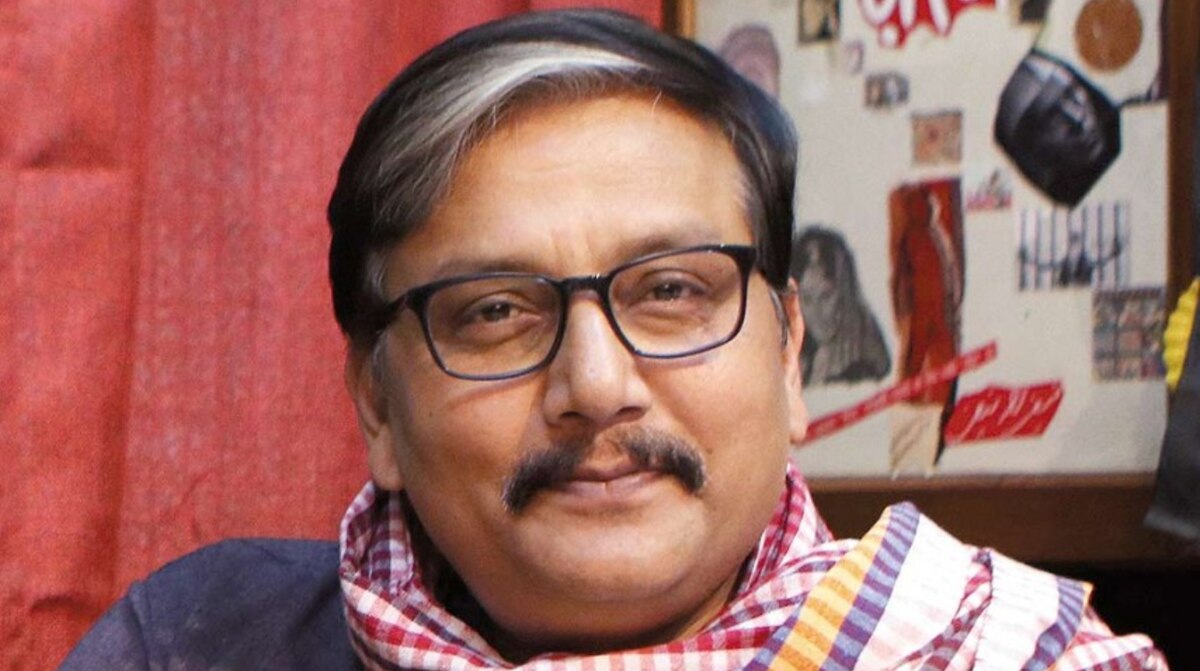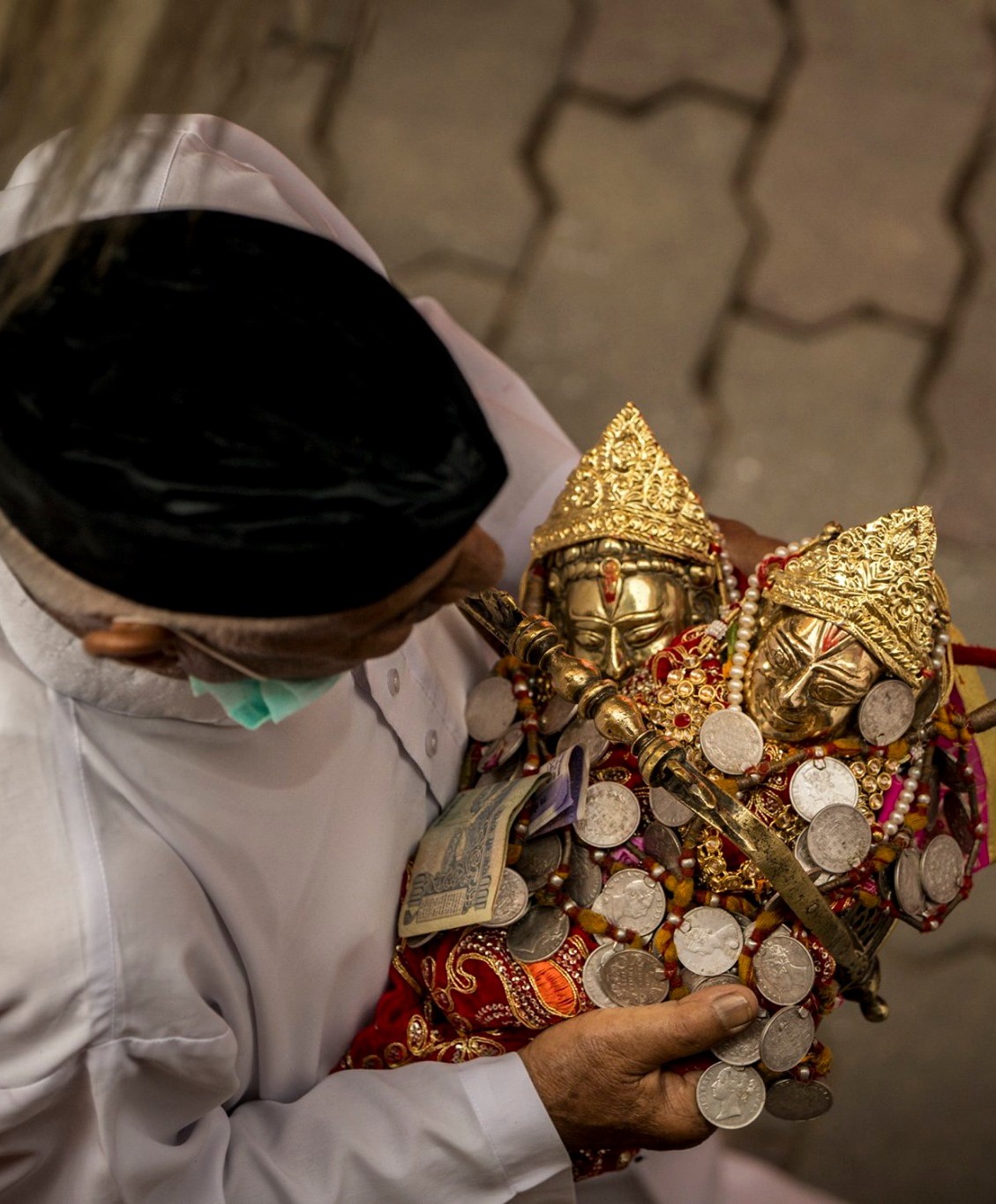Solan, the Mushroom city of India acquires its name from the sacred shrine of Goddess Shoolini positioned in Solan.
By Pooja verma

Historically, the Shoolini Mela three days state-level historic Shoolini fair signifying faith and devotion in the local deity Shoolini Devi. The fair is thought to have been held for over 300 years, with its origins in the local culture and traditions.
The three-day event is typically held in the summer months of June or July. Solan, a town in the Solan region of Himachal Pradesh, is the site of the fair. The fair will be held at the Thodo Ground, which is conveniently placed next to the Solan Railway Station.
During the time of the Hindu celebration of Shoolini Mata, honouring the goddess Shoolini Devi, this event is planned. The great procession of the deity Shoolini Devi is one of the highlights of the fair, along with other devotional activities. The goddess’s idol is carried through the streets in a palankeen while worshippers sing hymns of devotion and play traditional instruments.
Performances and other cultural events are staples of the Shoolini Mela. At this fair, you can see traditional performances including music, dance, and theatre. Performers from the immediate area and the surrounding areas display their skills.
A wide range of locally made goods, historical artefacts, and agricultural produce may be found at the fair’s many exhibitions and stalls. Tourists can go sightseeing and shopping for authentic Himachali attire, jewellery, wooden crafts, handloom goods, and food stalls.
Visitors can enjoy themselves during the fair by participating in a number of different traditional sports and tournaments. Traditional sports of the region are showcased through events including wrestling contests, archery competitions and tug-of-war.
The Shoolini Mela is an opportunity to learn about and celebrate the diverse cultural traditions of the Solan area. It’s a chance for natives to honour their heritage and revel in their cultural practices.






